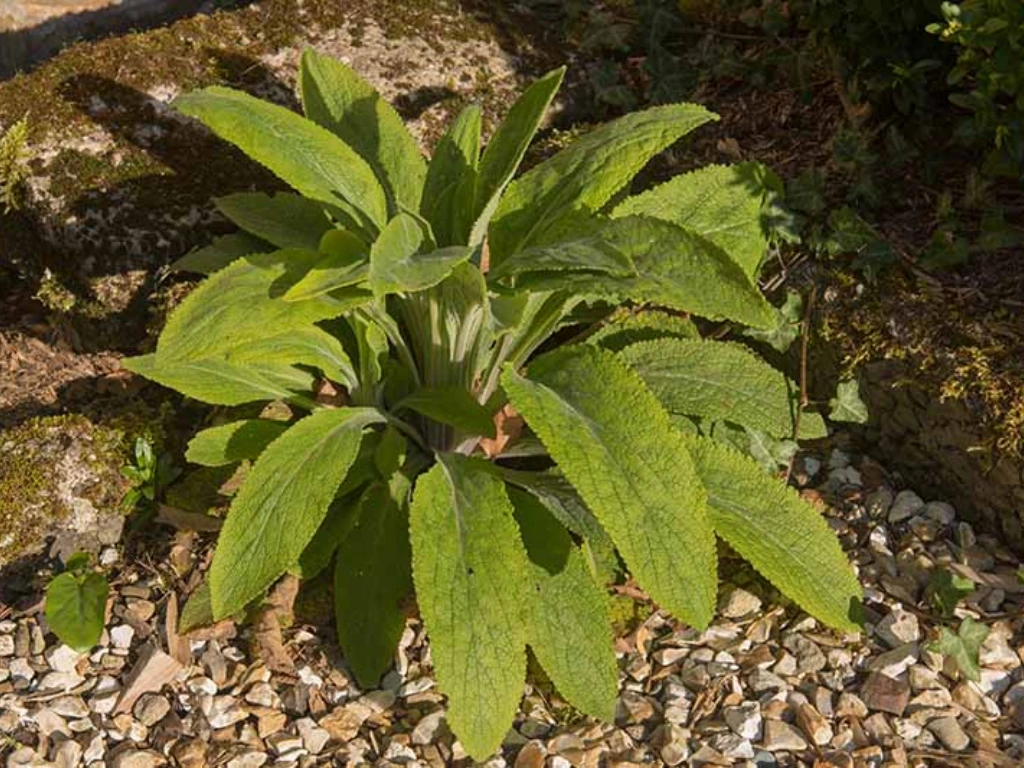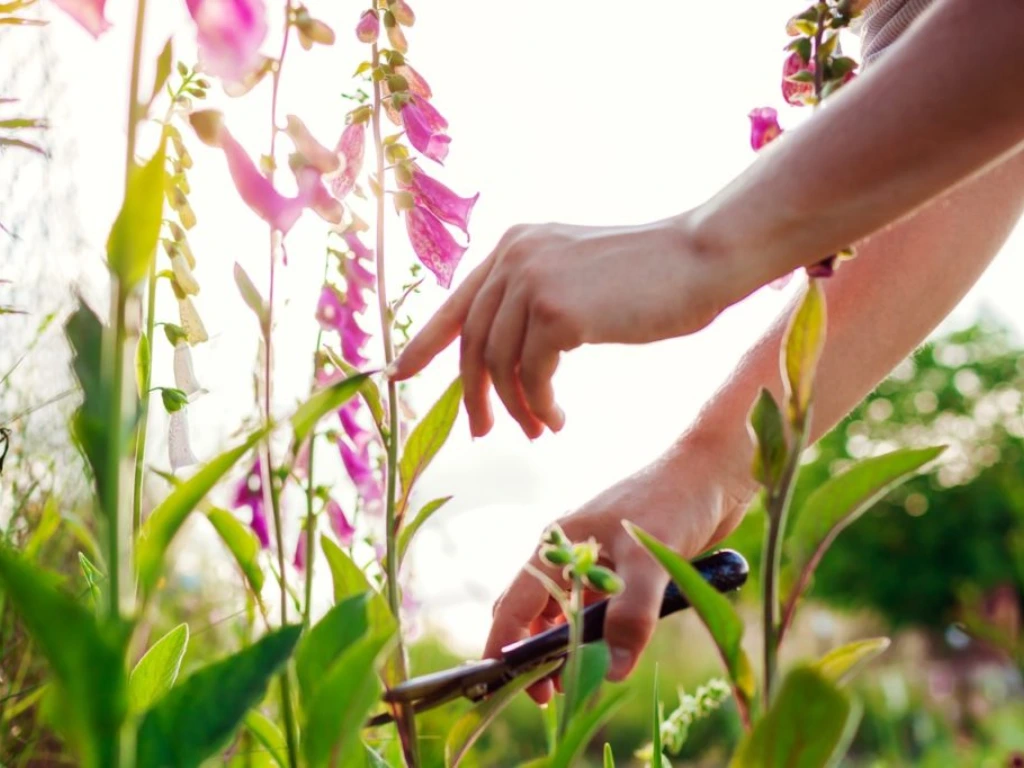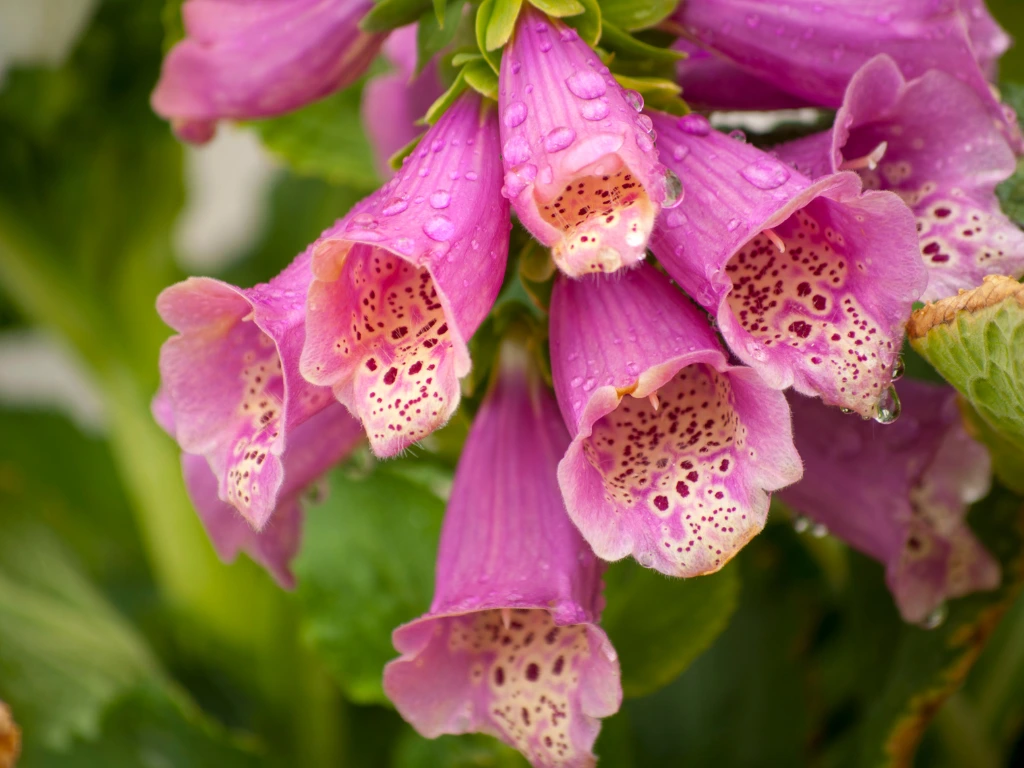When spring is just around the corner, you might be dreaming about your garden coming to life with vibrant blooms. One flower that often comes to mind is the beautiful foxglove (Digitalis purpurea). These tall, striking flowers with their bell-shaped blossoms can add a touch of elegance to any garden. However, if you want to make sure your foxgloves thrive and bloom beautifully, it’s essential to take proper care of them.
But how do you take care of these plants? What can you do to make sure they grow healthy and strong during the spring season? Don’t worry! In this article, we’ll share 5 easy tips to take care of foxgloves for spring, so your garden can look stunning all season long.

If you are someone who loves gardening, particularly with spring flowers, then this guide is for you. It’s perfect for both novice gardeners who are just starting to plant foxgloves and experienced horticulturists who want to ensure their plants thrive every year. Foxgloves are popular flowers in temperate climates, especially in the United States, so if you live in an area with a spring growing season, this article is particularly relevant to you.
Read more: 10 Beautiful Late Spring Flowers That Bloom in May
1. Choose the Right Location

The first step in caring for foxgloves is selecting the perfect location. These plants thrive in cool, well-drained areas with partial sunlight. Foxgloves need at least 4-6 hours of indirect sunlight a day to grow strong and healthy. Direct sunlight can scorch their leaves, especially in hot climates, so try to find a spot with morning sun and afternoon shade.
If you’re planting foxgloves in containers, ensure the pots have good drainage, as these plants do not like sitting in water. A well-draining, loamy soil is ideal for foxgloves because it helps prevent root rot while allowing the roots to breathe.
2. Watering: Finding the Right Balance
Watering is crucial to maintaining healthy foxgloves, but it’s a delicate balance. These plants enjoy consistent moisture but dislike being waterlogged. The key is to water deeply but infrequently. Check the soil moisture by sticking your finger into the soil—if it feels dry 1-2 inches below the surface, it’s time to water.
During spring, the weather can be unpredictable, so monitor the weather and adjust your watering schedule accordingly. If you experience a lot of rainfall, you may need to reduce watering. On the other hand, if you’re in a dry spell, water the foxgloves thoroughly to ensure their roots get enough moisture.
3. Pruning and Deadheading

Pruning and deadheading are essential to take care of Foxgloves looking their best throughout the spring season. Deadheading involves removing spent flowers to encourage the plant to produce more blooms. If you want your foxgloves to continue flowering into the summer, it’s a good idea to deadhead regularly.
When pruning, always use sharp, clean scissors or pruning shears. Cut the flower stems just below the faded blooms to prevent the plant from wasting energy on producing seeds. If you leave the flowers to go to seed, you may end up with a lot of unwanted foxglove seedlings, and it can prevent your plant from blooming next year.
4. Fertilizing for Healthy Growth
Like many spring flowers, foxgloves benefit from regular fertilization to encourage strong growth and vibrant blooms. Choose a balanced fertilizer, such as a 10-10-10 (N-P-K) fertilizer, and apply it once in early spring as new growth begins.
Be careful not to over-fertilize your foxgloves, as too much fertilizer can lead to lush foliage growth but fewer flowers. Always follow the manufacturer’s instructions, and if you’re using organic fertilizers, consider composting or using organic mulch around the base of the plants to nourish the soil naturally.
5. Protecting from Pests and Diseases

Unfortunately, foxgloves are not immune to pests and diseases, and proper protection can make a huge difference in keeping your plants healthy. Common pests that may target foxgloves include aphids, slugs, and snails. To combat aphids, try using a natural insecticidal soap or neem oil, which is safe for the environment and effective at eliminating pests.
Foxgloves can also be susceptible to diseases like powdery mildew and rust. To prevent these, ensure good air circulation around your plants and avoid overhead watering, which can promote fungal growth. If you notice any signs of disease, remove affected leaves immediately to prevent the spread.
Frequently Asked Questions (FAQ) about Taking Care of Foxgloves
Q1: How often should I water foxgloves in the spring?
It’s important to water foxgloves deeply but less frequently. Aim to water them once a week, depending on rainfall. Make sure the soil is moist but not soggy, as they prefer well-drained soil.
Q2: Can foxgloves survive in partial shade?
Yes, foxgloves thrive in partial shade and can tolerate some morning sun. However, full sunlight can stress the plants and cause leaf scorch, especially in warmer climates.
Q3: Do foxgloves need special soil?
Foxgloves prefer well-drained, loamy soil with a slightly acidic to neutral pH. If your garden soil is too heavy, consider mixing in organic compost to improve drainage.
Q4: Are foxgloves toxic to pets?
Yes, foxgloves are toxic to pets if ingested. The plants contain digitalis, a compound that can cause severe heart issues in both cats and dogs. Always plant foxgloves in areas that are out of reach of pets.
Conclusion
By following these 5 easy tips, you can ensure that your foxgloves not only survive the spring but truly thrive and bloom beautifully. Whether you’re new to gardening or a seasoned pro, these straightforward tips can help you grow vibrant foxgloves that will be the envy of your neighbors.
Don’t forget to choose the right location, water appropriately, prune regularly, fertilize for healthy growth, and protect from pests. With just a little bit of care and attention, your spring garden will shine with stunning foxgloves.
Ready to get started? Head out to your garden and give these tips a try. Your foxgloves will thank you with beautiful, tall flowers all season long.
